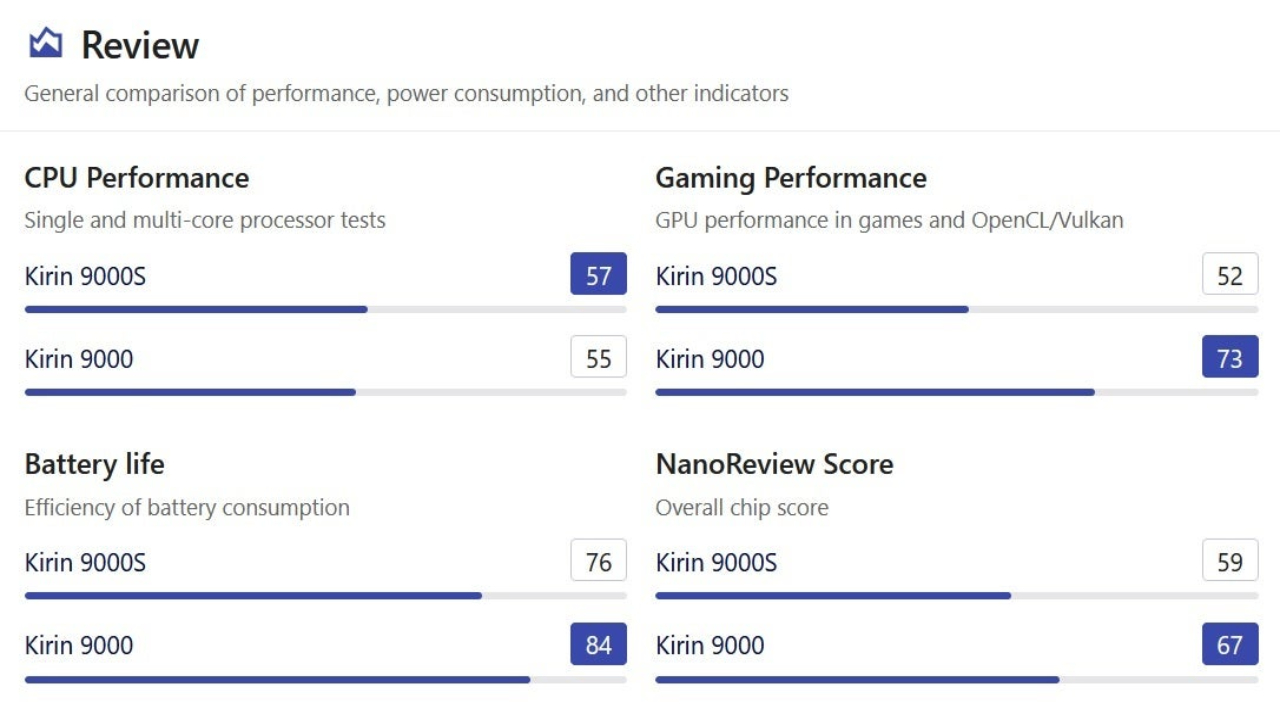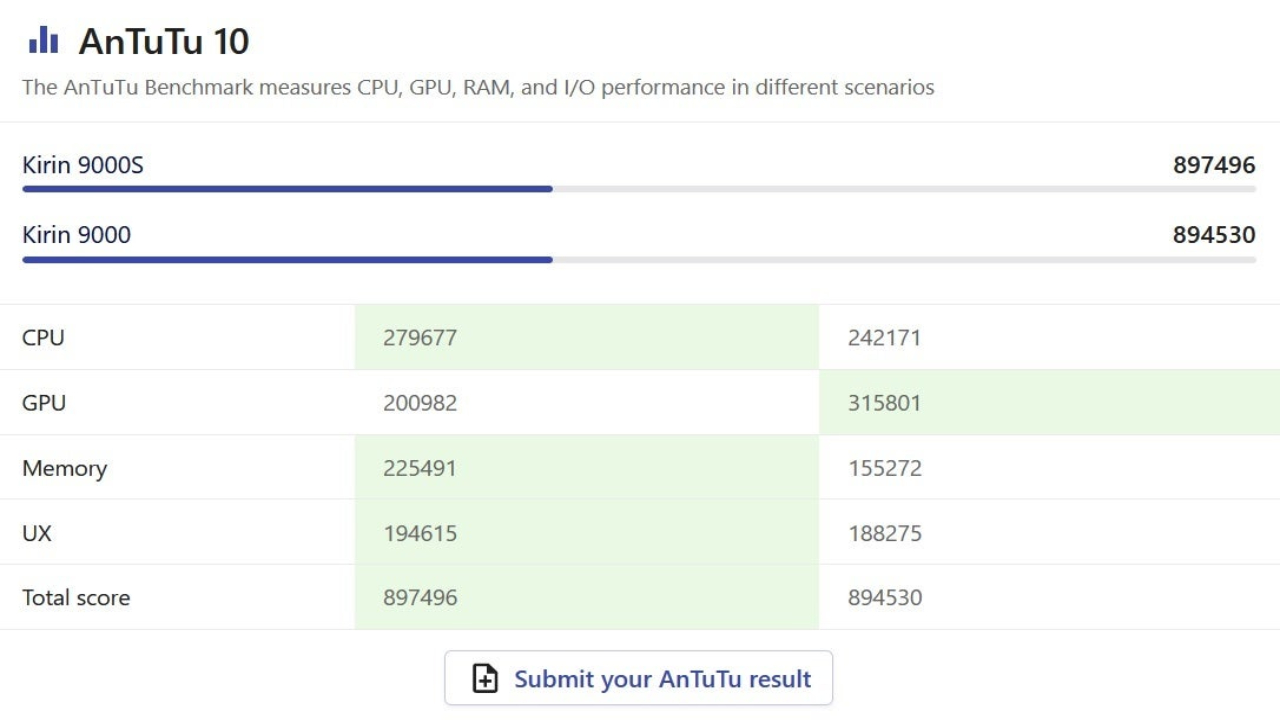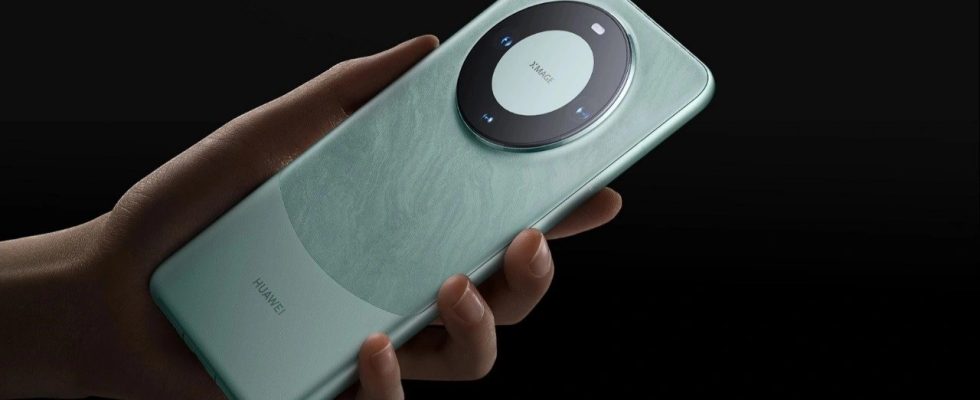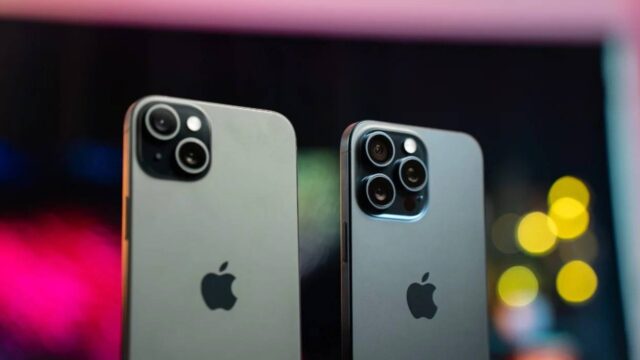Although US sanctions put Huawei in a difficult situation, the company does not give up. The latest news is mind-blowing. The Huawei Kirin 9000 processor, produced in 2020, surpassed the new favorite of 2023, the Kirin 9000s, in performance tests. Here are the results…..
Huawei Kirin 9000 surpasses the new Kirin 9000s
Due to US sanctions, Huawei had to launch the P50 and Mate 50 series in 2022 and the P60 in 4G in 2023. However, in a surprise move in August 2023, it introduced the Mate 60 series with a 7nm Kirin 9000s 5G processor developed by China’s largest chip manufacturer, SMIC. How this processor was produced, no one knows exactly.

How Huawei achieved this success together with SMIC despite the sanctions is a great mystery. However, curious users did not sit idle and performed various tests comparing the performance of both chips. The results unexpectedly surprised everyone. Despite being newer, the Huawei Kirin 9000s lags behind the older Kirin 9000 in many critical tests.
In the Geekbench 6 test, the new Huawei Kirin 9000s processor received 1315 points in single-core and 4078 points in multi-core. The 2020 Kirin 9000 took the lead with 1259 and 3486 points, respectively. Both processors showed similar performance in AnTuTu 10.
However, the old chip made a big difference in the graphics processor (GPU). While the new Huawei Kirin 9000s received 200 thousand 982 points, 2020’s Kirin 9000 made a difference with 315 thousand 801 points. Moreover, in the 3DMark Wild Life test, the old chip was 20 percent faster.


This performance difference is closely related to the manufacturing processes of the two processors. While Kirin 9000 is manufactured with TSMC’s 5nm technology, Huawei Kirin 9000s is produced with SMIC’s second generation 7nm technology. Apparently due to US sanctions, Huawei and SMIC can only achieve so much with their deep ultraviolet lithography (DUV) devices.
So what will the future bring? The US has banned the sale of EUV lithography devices to China. But can Canon’s new nanoimprint lithography (NIL) technology, unveiled last October, close the manufacturing impasse? With this technology, there is a possibility that 5nm and even 2nm chips can be produced in the future.
So what’s the even scarier news? A year ago, it was revealed that Huawei had filed patent applications regarding EUV components and the process of using this technology. It is currently unknown whether SMIC uses this technology to produce Kirin 9000s. But if Huawei develops its own EUV lithography technology despite sanctions, the consequences would be much more worrisome for US law enforcement.
The fact that Huawei’s new chip lags behind the old chip is an unexpected development for everyone, and this has surprised the technology world. In the future, we are curious to see how much US sanctions will blunt Huawei’s innovation power and whether the company will be able to develop its own EUV technology.
So what do you think about this issue? Don’t forget to express your opinions in the comments section…

